|
It is a rare occasion that I write about importers of wine and spirits. My focus is usually on the wine or spirits producer. However, I make exceptions now and then, especially when seduced by my love for Italian wine! So, I’m giving a shout-out to Votto Vines. And, since the three Italian wine samples I received were very palate-pleasing and all under $30, what’s not to write about? Votto Vines is a family-owned and operated business founded in 2009 and headquartered in Connecticut. Michael P Votto is the CEO and co-founder of this dynamic business, focusing on importing, marketing, and distributing fine wines produced by leading vineyards worldwide. It all began when Mike Votto took a vacation to Tuscany. After falling in love with a small winery that lacked distribution in the US, he saw a business opportunity. So he pitched the idea of starting an importing company to his family. Today, Votto Vines has 30+ employees in five states and nationwide distribution capabilities. Here are three wines that represent Mike’s love for Italy and mine! Nestore Bosco Montepulciano d’Abruzzo DOC 2018 Nestore Bosco is a family-run business in the province of Pescara, in Abruzzo. Founded in 1897 by Giovanni Bosco, it is led today by Nestore and Stefanio, with the fifth generation ready to step in. The company has been certified organic since 2018 and practices sustainability. This wine is 100% Montepulciano d’Abruzzo and aged for several months in Slavonian oak barrels. Nose: Floral, dark cherry, red berries, a hint of plum, spice, and herbs. Palate: Aromas segue onto the palate with a smooth and well-balanced finish. Alcohol: 13.5% SRP: $13 Pairing suggestions: Charcuterie board, aged cheese, pasta, roasted meat, or risotto. Castelli del Grevepesa Clemente V11 Chianti Classico DOCG 2018 Established in 1965 by Sir Armando Nunzi, Castelli del Grevepesa is a modern- day cooperative that started with 17 winegrowers and now has over 120 associate winegrowers. Their objective is to produce high-quality wines that comply with the strict regulations of the law and Consorzio del Chianti Classico, and focus on sustainability. This 100% Sangiovese is hand harvested from the Chianti Classic zone. 85% is aged in Slavonian oak barrels for 12 months, and 15% in barriques for 12 months. It remains in bottle for three months. Nose: Fragrant red and dark berries, plum, and baking spice aromas. Palate: Dark cherry, berries, spice, vanilla, a hint of anise with subtle acidity, soft tannins, and a long finish. Alcohol: 13.5% SRP: $16 Pairing suggestions: Roasted red meat, game, hearty stews, or pasta. Torrevento Vigna Pedale Castel del Monte Riserva DOCG 2016 With a family history that goes back to 1913, Torrevento was established by the Liantonio family in 1989 and is located in the provinces of Bari and Barletta-Andria-Trani in the Puglia region. They manage over 500 hectares of vineyards with an eye on sustainability, research, and quality. Nero di Troia is an indigenous grape to Puglia, and Torrevento was the first winery in the world to make a 100% Nero di Troia in 1992. The grapes for this wine are sourced from vines over 30 years old. It is aged in large barrels for 12 months Nose: Lovely aromas of cherry, raspberry, herbs, earth, and spice.
Palate: Aromas spill onto the palate with a touch of plum, berries, silky tannins, and a long finish. Alcohol: 13.5% SRP: $28 Pairing suggestions: Roasted or grilled meat, game, and white meat. Hearty soups, stews, aged cheese, or pizza. Enjoy the sip! Until next time… Cheers! Penina To leave a comment or if you have an inquiry, please contact me at [email protected] I love Italy! It is a country filled with a long and rich history, captivating wines, mouth-watering food and awe-inspiring art. Indeed, there is something to satisfy all of one’s senses, no matter which of its 20 regions you might visit. No wonder one of Italy’s nicknames is Bel Paese, meaning “beautiful country”. Finding Italy on a map is quite easy, identifiable by its long boot-shaped peninsula. Its diverse and breathtaking landscape starts with the eastern Dolomite Mountains, Carnic Alps and Venetian Pre-Alps on the northern border. The dramatic Apennine Mountain chain stretches along two-thirds of the length of Italy and is the source for almost all the rivers in this country. Situated on the Mediterranean Sea, Italy has a seemingly endless coastline and is surrounded by the Adriatic Sea to the east, the Ionian Sea to the south and the Ligurian and Tyrrhenian Seas to the west. Although wine vineyards can be found in each of Italy’s regions, thoughts usually turn to Tuscany, Veneto, Piemonte and Abruzzo when considering Italian wine. However, the region of Puglia (also known as Apulia) located in southern Italy bordering the Adriatic Sea, should be in your thoughts as well. If you like gentle tropical breezes, palm trees, beautiful beaches, historical charm, traditional cuisine, and of course wines that communicate the terroir, then Puglia is a region worth exploring. Within the region of Puglia is the Salento Peninsula which is in the southernmost part of the boot called the heel. It is bordered by the Adriatic and Ionian Seas and is home to Salice Salentino, DOC. There are 25 DOCs in Puglia but the wines of Salice Salentino are world-renowned. Salice Salentino obtained DOC status in 1976 and the Salice Salentino Consortium was founded in 2003 by a group of producers whose mission it is to protect and promote the indigenous grapes throughout the territories in the province of Lecce and beyond. The Consortium represents approximately 80% of the entire Salice production chain. The grape vines here date back to the 6th century BC, but it wasn’t until the early 1930s that farmers started to experiment with the indigenous grapes Negroamaro and Malvasia Nera. The first Salice Salentino red wine produced was a blend of these two grapes. Today, there are a variety of wine styles produced from the indigenous grape varietals that grow here. The climate is dry with long hot summers and cool breezes emanating from the Mediterranean that balance the temperatures in the vineyard. Because the Apennine Mountain chain bypasses Puglia, the land here is relatively flat with diverse and fertile soils, mostly made up of clay and limestone. Due to the soils’ ability to retain groundwater reserves, especially important in dry years, the vines are able to provide high-quality wines. All of these attributes combined set the stage for making this the perfect agricultural area for producing and contributing to the complexity and uniqueness of the wine. In addition to grapes, this region is also noted for producing olive oil, artichokes and tomatoes. In fact, fifty percent of Italy’s olive oil is produced in Puglia! The principal red grape that defines Salice Salentino is Negroamaro. Other red grape varietals such as Primitivo, Malvasia Nera, Aleatico and Susumaniello are also grown here. White grape varieties include Chardonnay, Fiano and Pinot Blanco. Negroamaro in Italian means, “black bitter”. It is usually produced as a single varietal, but can also be blended. The DOC regulations state that wines labeled Salice Salentino DOC must have a minimum of 80% Negroamaro grapes. Malvasia Nera grapes can make up the other 20%. The finest Negroamaro wine is made in the Salice Salentino DOC. The wine is extremely dark in color with typical dark berry flavors and is mildly aromatic. Negroamaro grapes are also used to make wines such as Negroamaro Rosato, sparkling rosé, dessert wine and Riserva. All wines labeled Riserva must be aged for a minimum of 24 months, including at least 6 months in oak barrels. Since we are in the heel of the boot, let’s explore a few wineries and taste some wine. Cantina San Donaci is located in the Salento countryside and is one of the oldest wineries here, established in 1933. What once was a small group of 12 farmers whose objective it was to expand and develop their land and products, is today a large group of 600 partners. Approximately 50 to 60 quintals of grapes are produced per year. The winery has 500 hectares of vineyards in prime areas of Salice Salentino with a variety of soils and microclimates. Grape vines grow on calcareous-argillaceous soils that are conducive to the hot and dry climate. Different types of planting systems and pruning techniques are used depending upon the varietal and irrigation needs. According to the winery, “the key is moderate growth and fewer buds to attain superior grape quality”. The most up to date modern technology is used in the winemaking process. “One of the most important features of our products is the irreplaceable aging in durmast barrels, which refine the taste and enhance the high quality”. Durmast is a European oak and is known for its dark, heavy and tough elastic wood. Cantina San Donaci uses only indigenous grapes from their vineyards. In addition to the traditional red grape varieties of Negroamaro, Primitivo and Malvasia Nera they also use Malvasia Bianco, Chardonnay, Bombino and Trebbiano. Anticaia Salice Salentino Rosato DOP 2017 is made with 90% Negroamaro and 10% Malvasia Nera. The Malvasia Nera helps to soften the tannins and brings more aromatics to the blend. The wine is a striking coral color with pronounced aromas of roses, strawberry and cherry. The main flavors on the palate are strawberry, cherry and raspberry, with a hint of lemon zest on the finish. This is a dry and lively wine with a good balance between the acidity and alcohol. Pair this wine with white meats, seafood and mild cheese. Alcohol: 13.5% Candido Winery is just up the road from the town of Salice Salentino and is another very old winery, founded in 1929 by Franceso Candido. Franceso produced his first wine in 1929, setting the standard for the beginning of Salento-style winemaking. Alessandro Candido who is Managing Director and his brother Giacomo are the third generation in this family-owned business. The winery has 140 hectares of dryland farming vineyards on which organic red and white indigenous grapes are grown. According to Alessandro, “Negroamaro is the absolute king and the one on which Candido focuses its work the most”. When it comes to winemaking, Candido combines tradition with state of the art equipment, producing wines that let the grapes and terroir speak. La Carta Salice Salentino Riserva DOC 2015 is made with 95% Negroamaro and 5% Malvasia Nera. Since “Riserva” is on the label, we know that the wine aged for a minimum of 24 months with at least 6 months in oak barrels. The color is dark ruby with aromas of red berries and black berries, plum, spice and earth. The palate is layered with blackberry, black cherry, plum, pepper, vanilla and hints of chocolate. Pepper and cherry notes on the long finish had me craving for another sip. This is an easy wine to drink. It is full-bodied and beautifully balanced with richness and structure. Pair with meats, pasta, aged cheese, grilled veggies and even pizza! Alcohol: 13.5% I recently asked Alessandro what goals in winemaking Candido is hoping to achieve. His reply was as follows and I believe he speaks for most wineries in Salento: “Tradition is what identifies a territory and its own wines. Today, the “New Wine World” – and I do refer to the one overseas - has made international grape varieties its own, reaching excellent quality at a very good price! The wines we produce and sell are unique and different thanks to our indigenous grapes which grow up here and nowhere else in the rest of the world and for this reason they represent our future! I know this might seem obvious, but it is the characteristics of a specific territory that give wines their inimitable character. And that’s what we are focusing on: quality and uniqueness, an excellent choice that has already shown great results to us”. Salice Salentino wines truly express the land that they come from with their exotic and exceptional aromas and flavors. And if the two samples of wine that I just tasted are any indication of what Salento has to offer, then I can’t wait to sample more!
So, the next time you’re considering an Italian wine to drink, think beyond the known and try Salice Salentino wine. Pour yourself a glass and enjoy your visit to Salento one sip at a time! Puglia was our last stop on a whirlwind tour in Italy last month. Puglia is the heel of Italy’s boot and is located in the southeast corner of Italy with the Adriatic Sea to the east and the Ionian Sea to the southeast. We flew from the majestic mountainous region of Veneto to the breathtaking coastline of Brindisi, a port city in the Salento region of Puglia. Brindisi is lush with tropical trees, white sand beaches, abundant sunshine, a dazzling view of the Adriatic Sea and relatively flat land, making it a perfect agricultural area for producing such products as wine, olive oil, artichokes and tomatoes. The city has an exciting vibrancy attracting young and old to its beaches, historical sites, boating and dining on local cuisine in some fab restaurants. Brindisi is a great combination of new and old world charm. Luigi Rubino and his wife Romina Leopardi of Tenute Rubino winery hosted our visit. The moment I met this dynamic couple, I was caught up in their enthusiasm and passion for Puglia, especially for their dedication to preserve ancient viticulture while embracing state-of-the-art practices and also their vision and mission for the near future to put Puglia back on the map and especially Brindisi. Their plan is to build a new winery that includes a small hotel with several amenities overlooking the Adriatic Sea. It is their desire to make Brindisi a tourist destination. For Luigi and Romina the future is tourism, wine and gastronomy! It all began with Luigi’s father Tommaso Rubino who back in the 1980s saw the potential of the land in Salento. Over time, Tommaso purchased land that is today divided into four estates. Luigi completed the construction of a new vinification and refining cellar in Brindisi and created the brand Tenute Rubino in 1999, paying homage to his father by promoting the historical vines of Salento that include Negroamaro, Primitivo, Malvasia and Susumaniello. And by 2000, the first bottle of Marmorelle Rosso was released. Just a quick note on the Susumaniello grape: It is an ancient red grape indigenous to Brindisi and grown almost exclusively in the Salento area. It ranks among the world’s rarest of grapes. Tenute Rubino is best identified with Susumaniello. The grapes are grown in the Jaddico estate with an assortment of vines, some of which are 75 years old. Luigi started the Susumaniello project in 2000 with Torre Testa wine. His goal is to reintroduce this rare grape to the world and make it the primary wine of the area. Tenute Rubino owns 500 hectares, of which 200 hectares are under vine located along the shores of the Adriatic Sea stretching inland. Each of the four estates is unique in bringing different expression to the same grapes planted. I encourage you to visit Tenute Rubino website to learn about each estate, the grapes planted, the soil and climate. https://www.tenuterubino.com Slideshow of vineyards and land below. In addition to walking the vineyards and learning about the indigenous grapes, Luigi showed us the blueprints of where he and Romina plan to start their visionary project. It is impressive on paper and one can only imagine how beautiful and magical the complex will be once built! After visiting the vineyards we drove to the winery for a cellar tour and wine tasting with Luigi, Romina and the oenologist, Luca Petrelli. We tasted through six wines, all unique and expressive of the land. 2010 Giancòlo IGT Salento made with 100% Malvasia Bianca from Jaddico estate. Aromatic with honeysuckle, peach, citrus and hints of brine. Bright acidity, fresh with honey, pear and tropical fruit on the palate. SRP: $18 2016 Torre Testa Rosé IGT Salento made with 100% Susumaniello from Jaddico estate. Fresh berries and a touch of salinity on the nose. The palate offers strawberry and Bing cherry. Crisp and refreshing. SRP: $16 2016 Oltremé IGT Salento made with 100% Susumaniello from Jaddico estate. Heady aromas of deep cherry and dark plum. Rich and smooth with lush dark cherry, chocolate, spice and a hint of anise on the palate. This is a “best seller” in USA market and one of my favorites! SRP: $11 to $14 2016 Miraglio DOC Brindisi made with 100% Negroamaro from Uggio estate. Aromas of dark berries, pepper, herbs and spice. The palate offers nice layers of blackberry, plum and hints of floral with medium tannins. SRP: $11 to $14 2015 Jaddico DOC Brindisi Riserva from Jaddico estate. Made with 80% Negroamaro and 20% Susumaniello Aromas of cherry, dark berries, pomegranate and hint of spice. The palate offers dark, juicy fruit with a smooth and rich texture. SRP: $25 2016 Torre Testa IGT Salento made with 100% Susumaniello from Jaddico estate. This is an elegant wine and it is another favorite of mine. The nose offers dark berries with fresh fruit, plums and sweet spice. The palate is layered with rich “jammy” dark fruit and spice. Full-bodied and a beautiful balance of acidity and tannins. SRP: $40 Over the course of two days we sampled many of Tenute Rubino wines with our meals. And speaking of food, Romina and Luigi own a fantastic restaurant called Numero Primo, a wine bar on the Brindisi waterfront. Slideshow below of small sampling of food & wine Tenuto Rubino also makes three outstanding extra virgin olive oils ranging from light and fruity to intense fruity. The olive oil is so good, I could drink it! Every year the Jaddico estate hosts the Women’s Harvest Festival celebrating the local women who work year-round in the vineyards from tending the vines to harvest time. The festival honors the commitment and skill of the women who make up the team. The festival is open to the public to enjoy wine, food, singing and dancing. This is a beautiful way to pay homage to the hard and dedicated work of these women. Our last night in Brindisi was spectacular. Romina and Luigi hosted a small party on a cruising catamaran complete with music, food, wine and a singing captain! It gave us a chance to see the coastline of Brindisi from the water, experience a beautiful sunset and admire some impressive architecture! It was truly a night to remember. Slideshow below. I look forward to returning to Puglia and hopefully, I will get to see the completion of Luigi and Romina’s vision for Brindisi in the not too distant future!
If you can’t make it to Puglia anytime soon, buy a bottle of Tenute Rubino and pour yourself a glass. I can assure you that with each sip the wine will tell you a story of the terroir, sea, history and tradition of this enchanting region. Thank you to Luigi and Romina for allowing me to look at Puglia through your eyes and for the opportunity to taste your impressive wines. I look forward to sharing your parting gifts with family and friends. Until next time… Cheers! Penina |
Categories
All
|

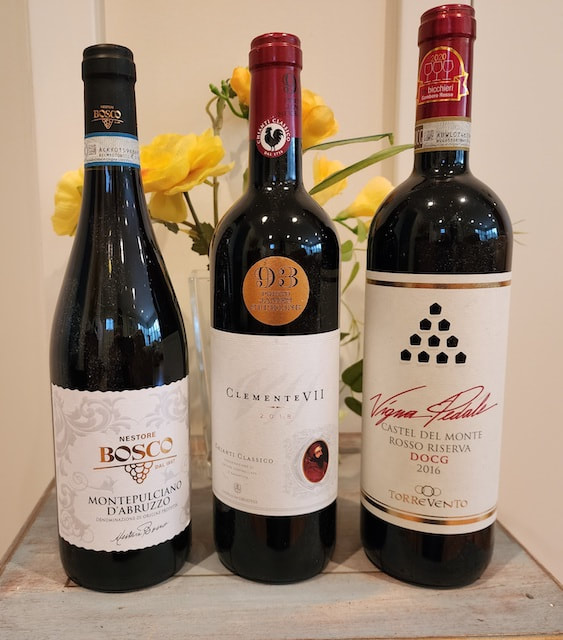

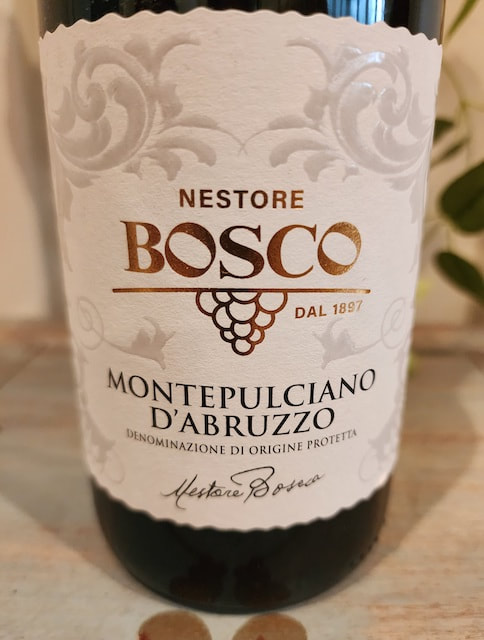
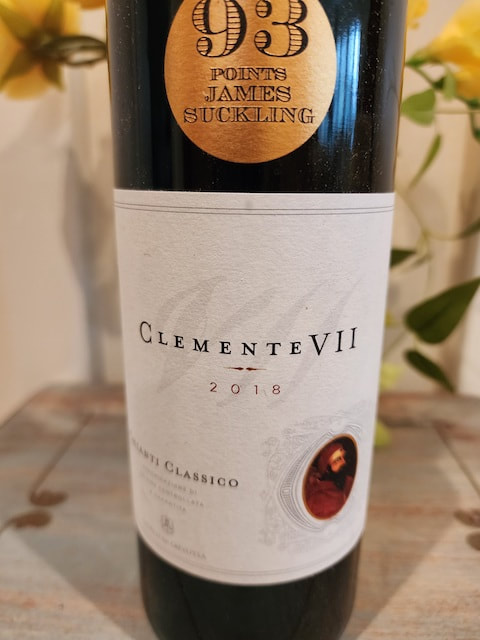
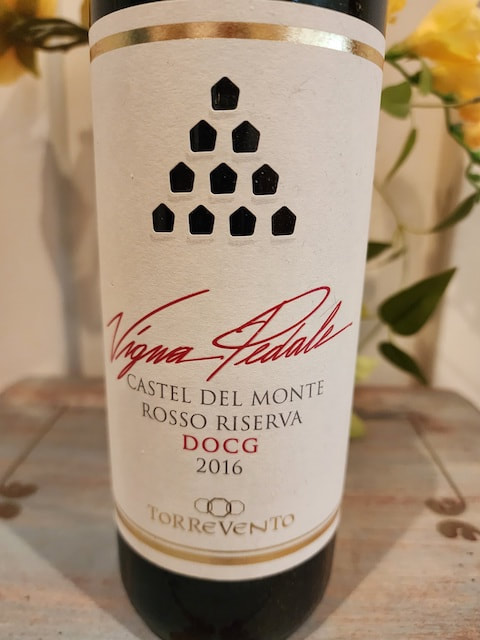
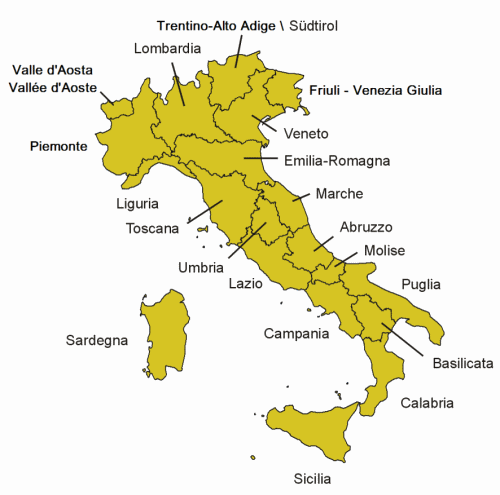
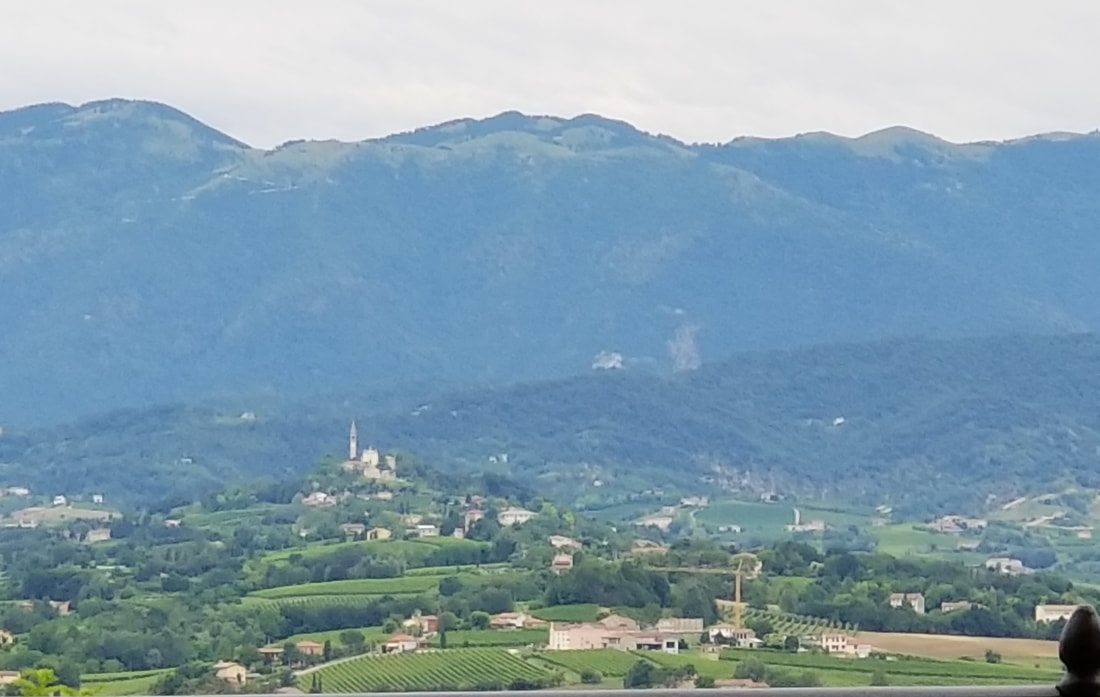
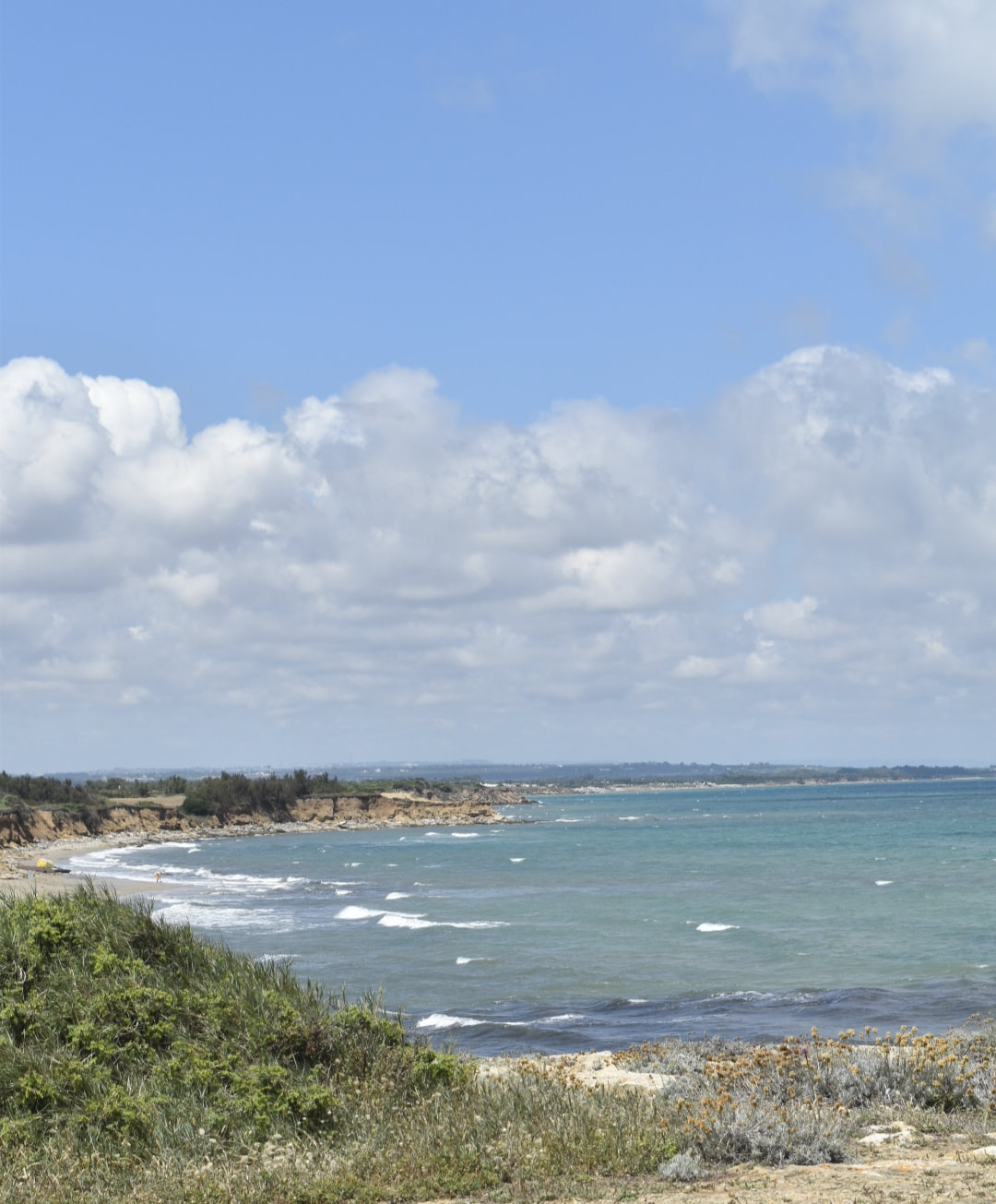
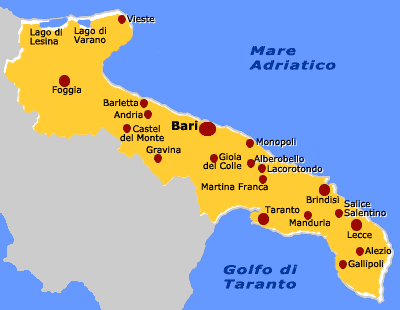
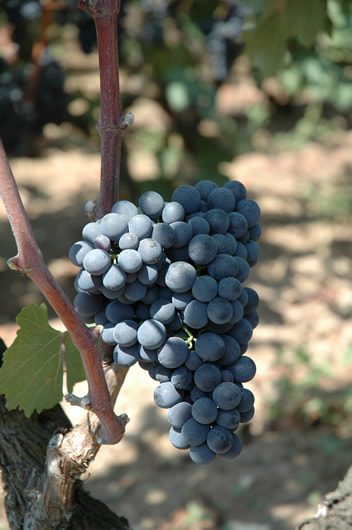
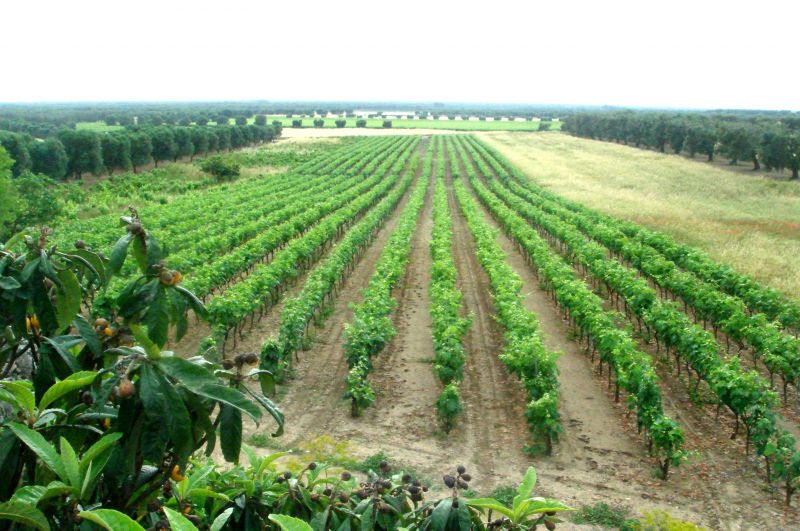
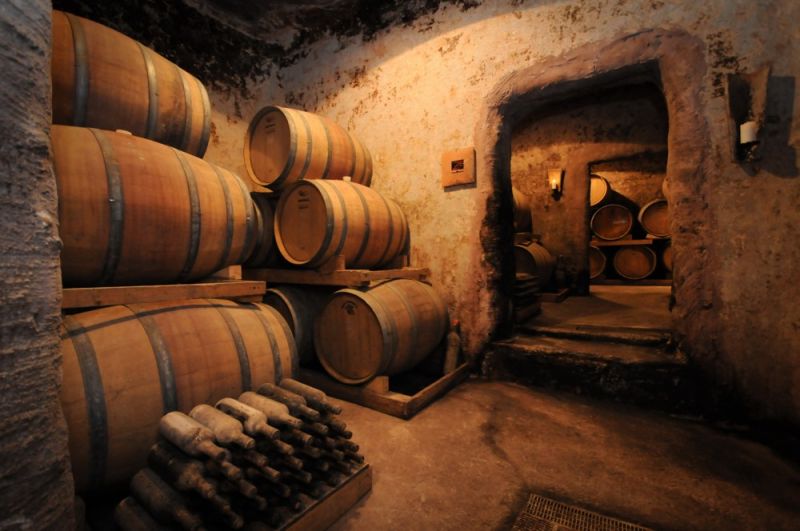
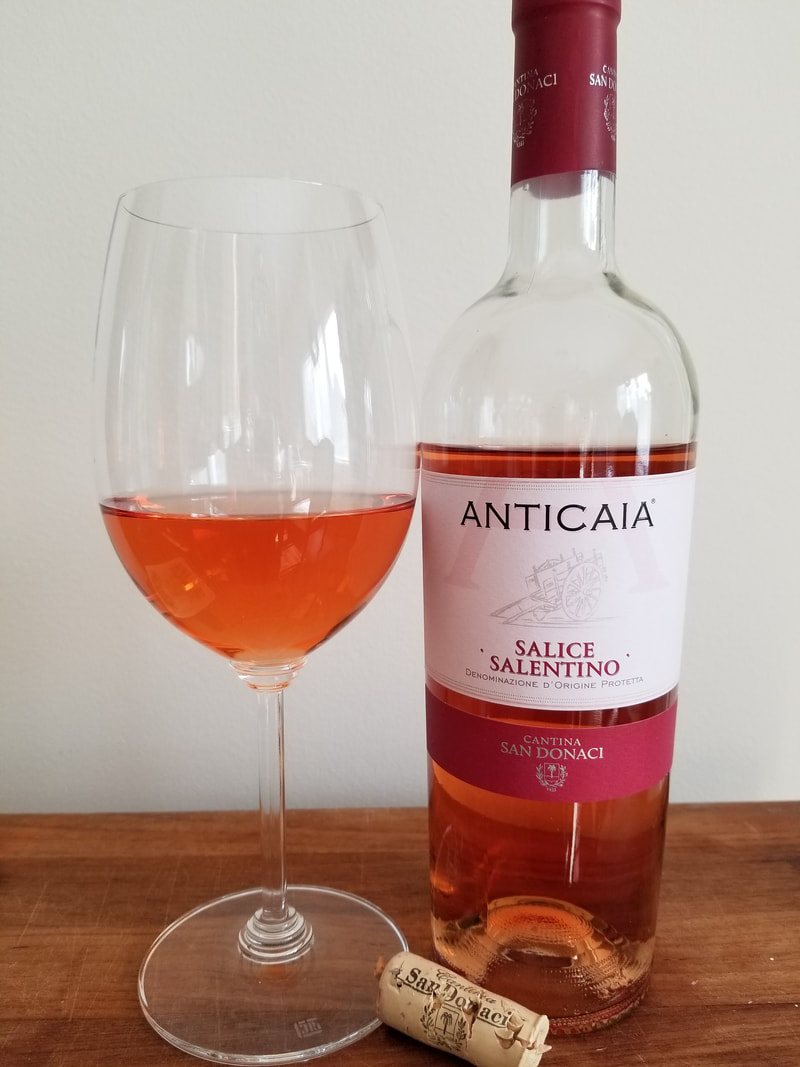
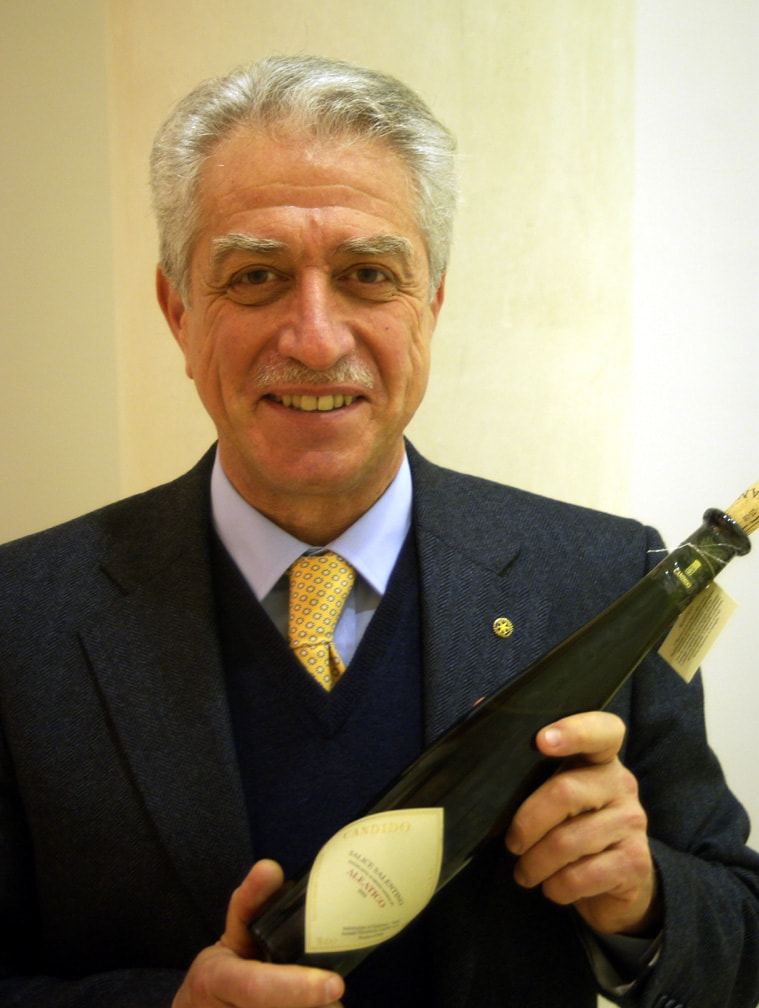
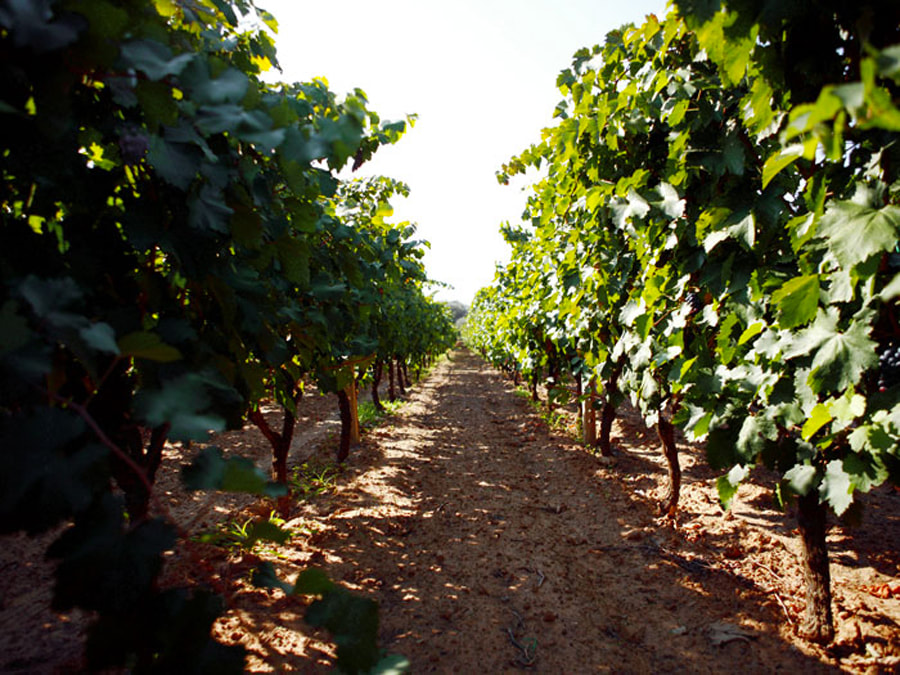
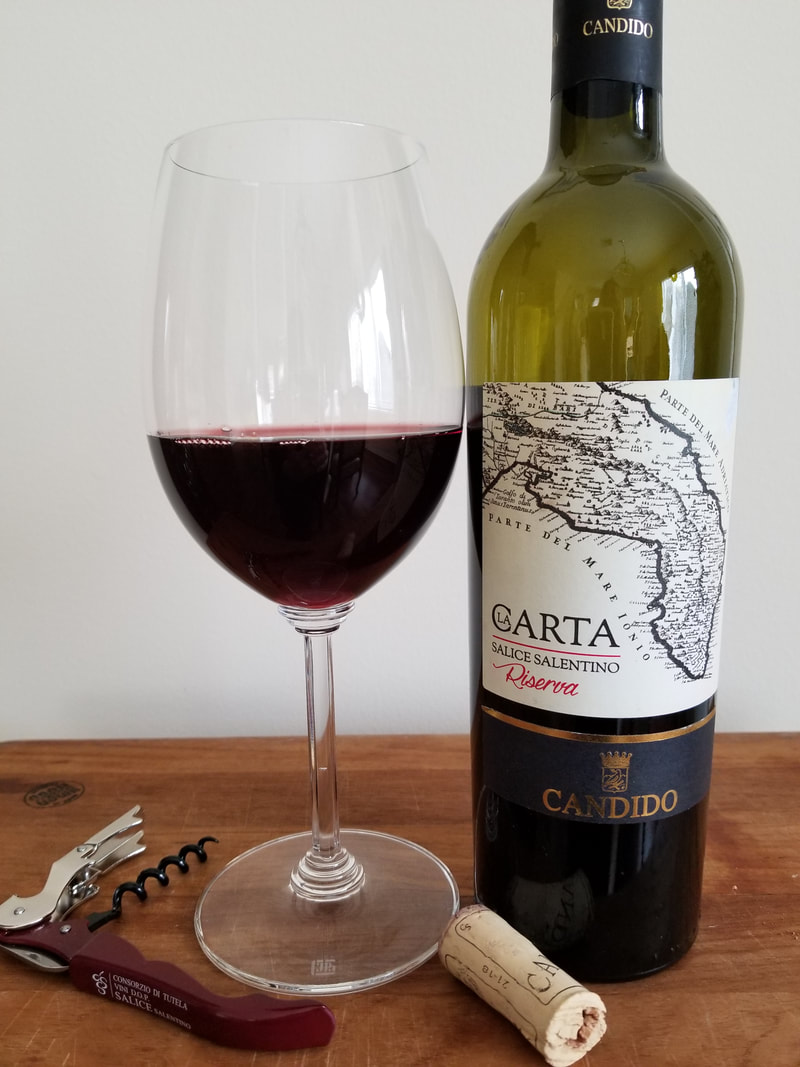
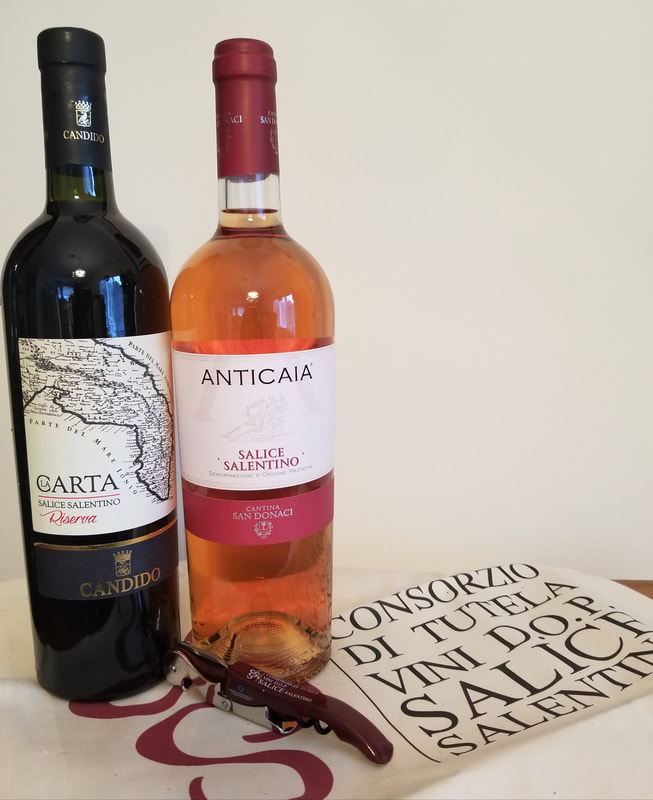
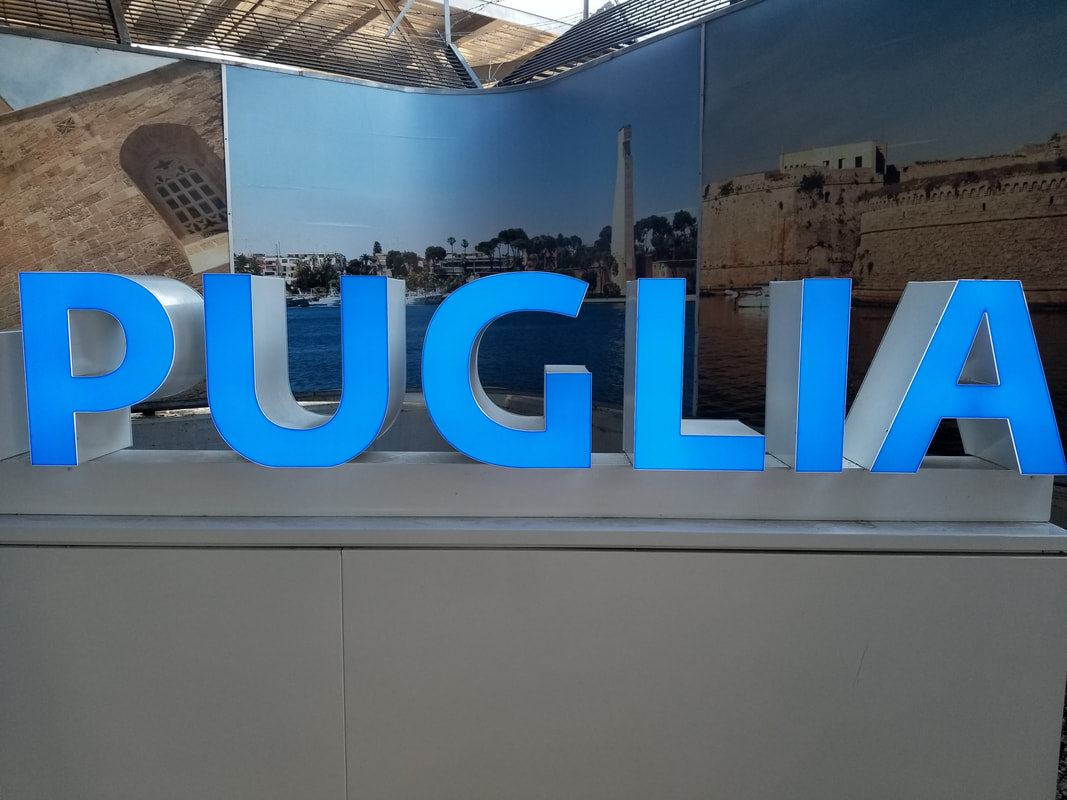
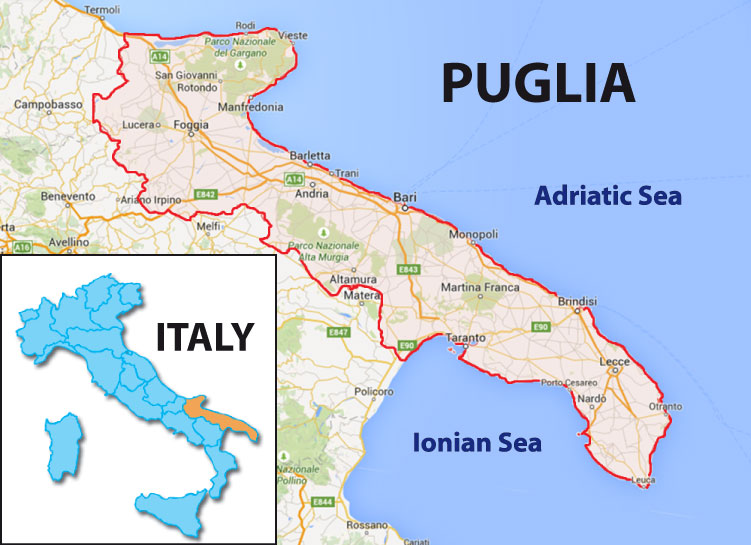
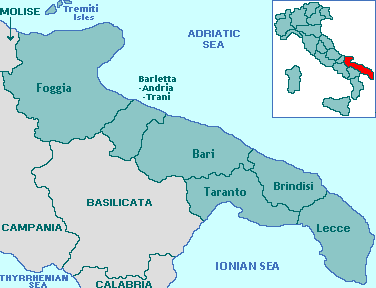
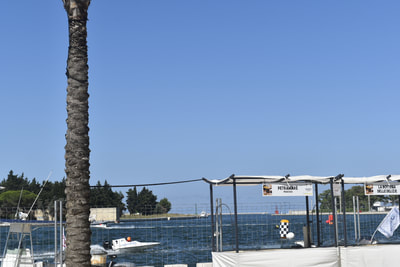
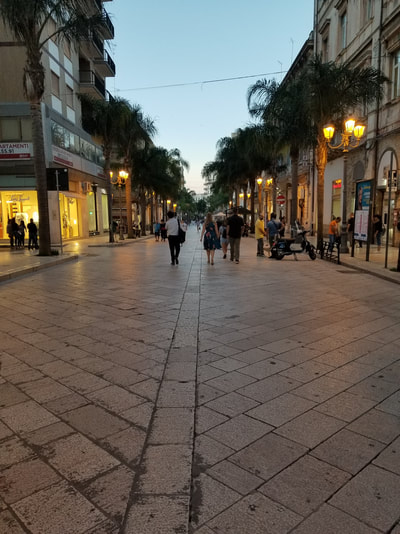
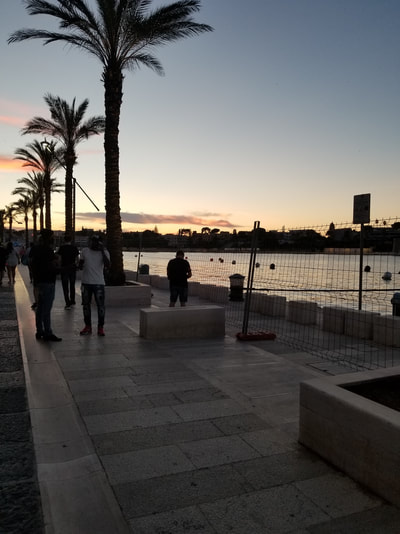
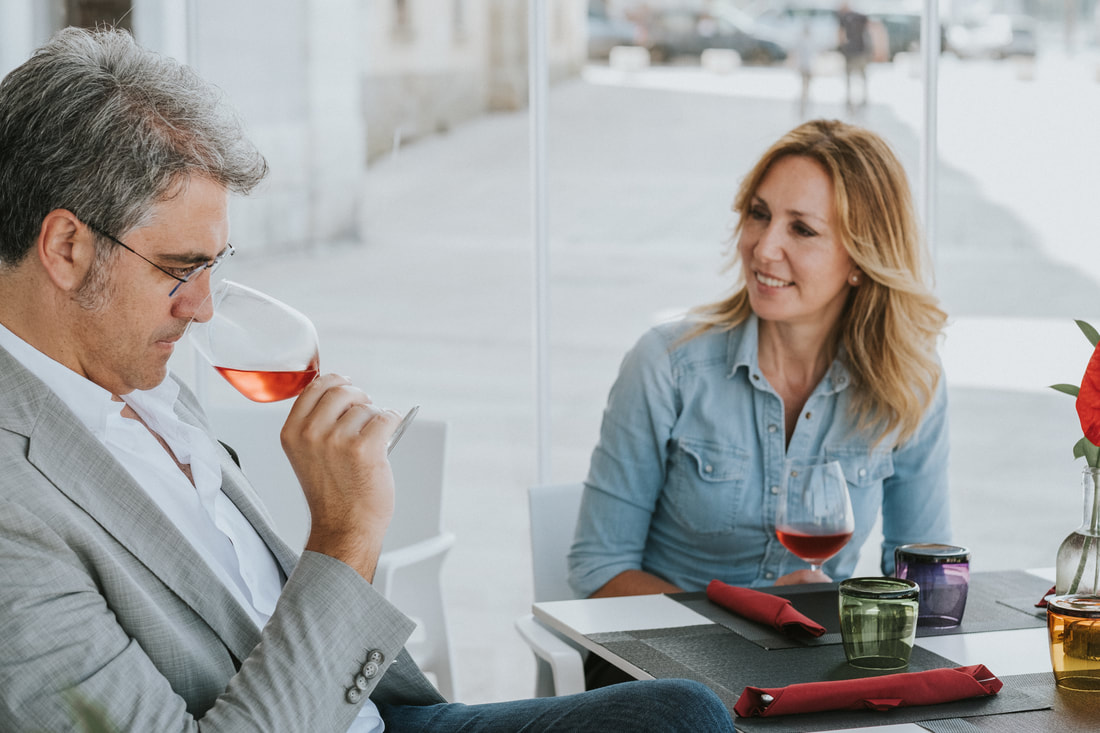
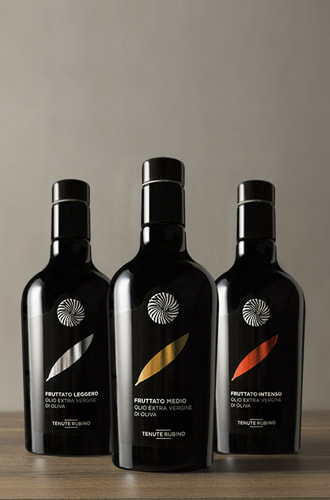
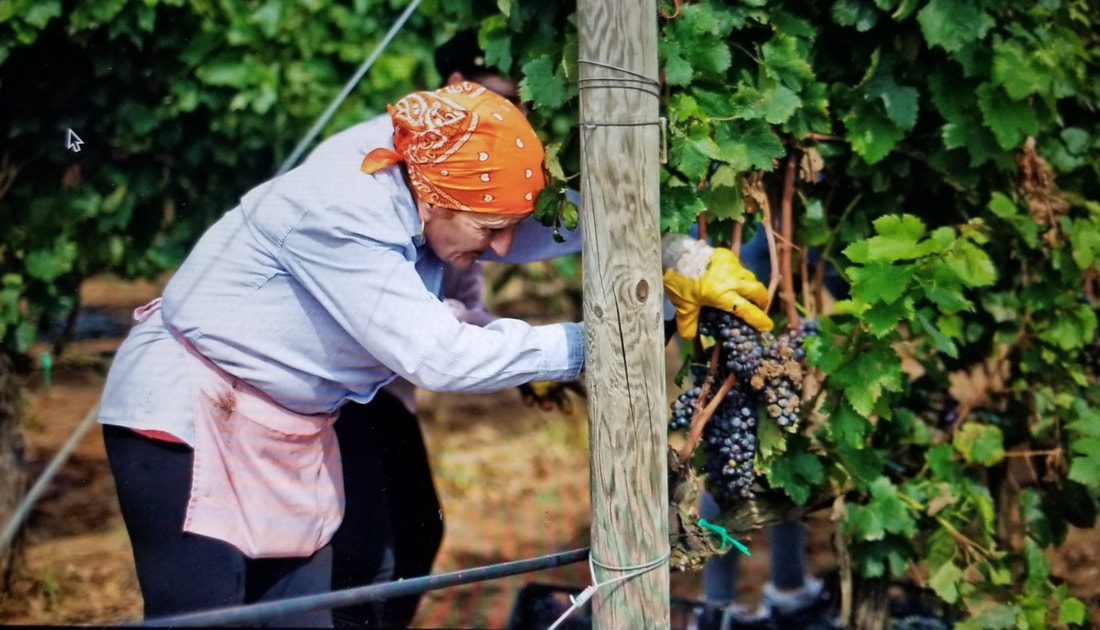
 RSS Feed
RSS Feed